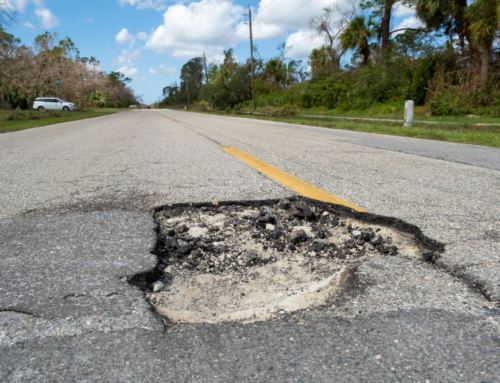Navigating a personal injury claim can be a complex and daunting process, but one of the most crucial elements for success lies in thorough and accurate documentation. Proper documentation is the backbone of a personal injury case, providing tangible evidence to support claims of negligence, injury, and damages. In this comprehensive guide, we’ll delve into the various aspects of documentation in personal injury cases, underscoring why meticulous record-keeping is essential from the moment the injury occurs until the case reaches its conclusion.
Initial Documentation at the Accident Scene
The documentation process starts immediately at the scene of the accident. If you are physically able to do so, it’s important to gather as much evidence as possible. This includes taking photographs of the scene, which can capture crucial details such as road conditions, signage, vehicle positions, and any hazards that may have contributed to the accident. Photographs of your injuries at the scene can also be powerful evidence.
In addition to visual evidence, collecting any witnesses’ names and contact information is vital. Witness statements can provide independent accounts of the accident, which may corroborate your version of events. Obtaining a copy of their reports is also essential if law enforcement or emergency services are involved. These reports often contain professional assessments of the accident scene and preliminary determinations of fault, which can be invaluable in a personal injury claim.
Medical Records as a Pillar of Your Claim
After an accident, seeking medical attention is crucial for your health and your personal injury claim. Medical records form the cornerstone of demonstrating the extent and impact of your injuries. These records should detail the initial injury, the treatment you received, and your prognosis. Keep records of everything from emergency room visits to follow-up appointments, physical therapy sessions, and other treatments.
Documenting the impact of your injuries on your daily life is also essential. This includes keeping a pain diary to record your daily pain levels, the challenges you face, and how the injuries affect your routine activities. This documentation can help establish your claim’s non-economic damages, such as pain and suffering.
Employment and Financial Records
For many, a significant injury can result in time off work and lost wages. Documenting this economic loss is essential. Keep detailed records of the work you miss, including lost job opportunities, promotions, or bonuses. If you’re self-employed, this might include lost business opportunities or the cost of hiring someone to perform your duties.
In addition to lost wages, you should document any other out-of-pocket expenses related to your injury. This can include travel expenses to and from medical appointments, costs of medical equipment, and any home modifications needed due to your injury. Keeping receipts, invoices, and a log of these expenses will strengthen the economic damages aspect of your claim.
Correspondence and Legal Documentation
Throughout your personal injury claim, there will be significant correspondence between various parties, including insurance companies, healthcare providers, and legal representatives. It’s crucial to keep a comprehensive record of all these communications. This includes saving copies of emails, letters, and notes from phone conversations, along with dates and summaries of what was discussed.
Legal documents are also a critical part of your case file. This encompasses your initial filing of the claim, any responses from defendants, settlement offers, court documents, and any other legal paperwork related to your case. Maintaining an organized file of all these documents ensures easy access to critical information throughout your case.
The Impact of Incomplete Documentation
Incomplete or inaccurate documentation can significantly weaken your personal injury claim. Gaps in medical records or financial documentation can give insurance companies and opposing legal teams opportunities to challenge the severity of your injuries or the extent of your financial losses. In the worst-case scenario, it could lead to the dismissal of your claim or a substantially reduced settlement offer.
Furthermore, inconsistency in documentation, especially in the details recorded at the accident scene or in your medical records, can cast doubt on the credibility of your claim. Consistency and completeness in your documentation establish a more compelling narrative of your experience and solidify the legitimacy of your claim.
Conclusion
In personal injury law, the adage ‘the devil is in the details’ holds true. Meticulous documentation forms the bedrock of a successful personal injury claim, providing indisputable evidence to support your case. From the moment the injury occurs until the final settlement or court verdict, every piece of paper, every photograph, and every record contributes to the strength of your claim.
If you are navigating the aftermath of a personal injury, consider the power of proper documentation. Our experienced personal injury law firm is here to guide you through the process, ensuring that every aspect of your claim is backed by robust and comprehensive evidence. Contact us for a consultation, and let us help you build a strong personal injury claim that accurately reflects your experience and maximizes your compensation.








